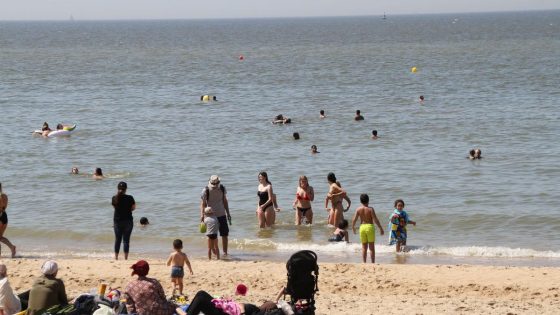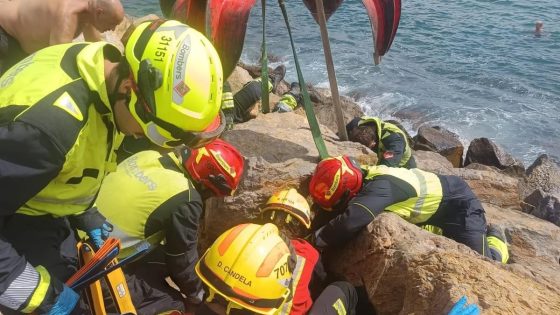Vibrio bacteria are naturally present in salt and brackish surface waters, posing a growing concern for coastal regions, including Belgium. On 2025-07-11 17:04:00, health experts highlighted the risks of Vibrio infections, which can enter the body through wounds exposed to seawater or by consuming shellfish like oysters.
- Vibrio bacteria naturally inhabit salty water
- Some Vibrio species cause severe infections
- Infections occur via wounds or shellfish consumption
- Vibrio cases tripled in 2018 in Baltic Sea
- Climate change spreads Vibrio to new coasts
- Clean wounds with fresh water after seawater contact
These bacteria thrive in warmer waters, and their presence has surged in the Baltic Sea during summer months. With climate change raising sea surface temperatures, Vibrio is expected to spread further, including to the North Sea, which borders Belgian coasts. How prepared is Belgium for this emerging threat?
Understanding the risks and preventive measures is essential for anyone enjoying Belgian beaches and seafood. So, what should you know to stay safe from Vibrio infections?
Why is Vibrio becoming more common near Belgium? Rising sea temperatures create ideal conditions for these bacteria, increasing infection risks. Key points to consider include:
- Vibrio infections can cause serious illness if bacteria enter through cuts or wounds.
- Eating raw or undercooked shellfish, such as oysters, increases infection risk.
- Cases in nearby regions have tripled since 2018, signaling a growing threat.
- Promptly rinsing wounds with fresh water after seawater exposure helps prevent infections.
As Vibrio bacteria continue to expand their reach, Belgian authorities and the public must stay vigilant. Regular updates on water quality and clear guidance on safe seafood consumption will be crucial in minimizing health risks moving forward.
































